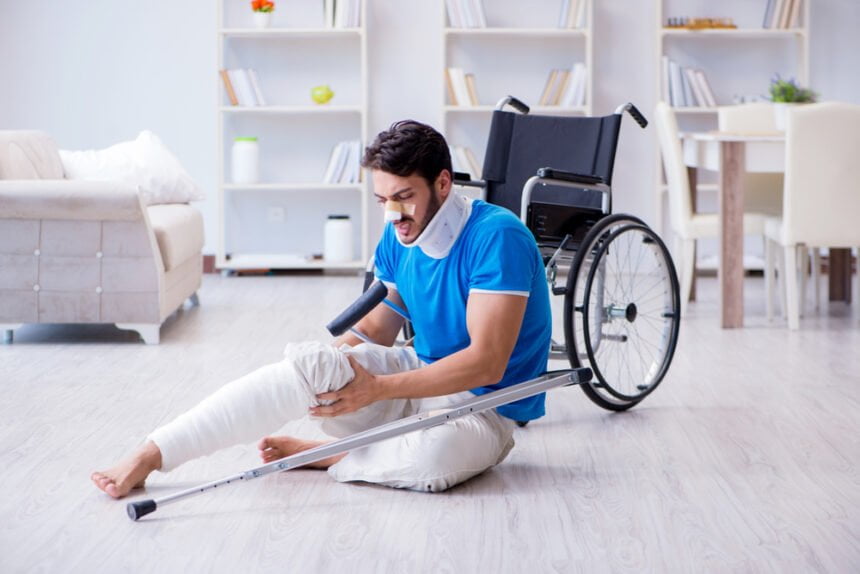Slip and fall incidents are quite common in businesses worldwide, and Fresno, California, is no exception. Although they may initially appear insignificant, these accidents can have dire consequences for businesses. In The United States, slip and fall accidents account for over a million hospital emergency room visits in a year. Hence, it is crucial for business owners to fully grasp the outcomes of slip and fall accidents on their premises and proactively ensure the safety of both customers and employees.
Understanding Slip and Fall Incidents
In order to comprehend the implications of slip and fall accidents in Fresno, it is important to understand what constitutes such incidents. A slip and fall accident occurs when an individual loses their footing on a slippery surface or trips over an object, resulting in an injury. These accidents can occur in several settings in the city, including stores, restaurants, office buildings, or even private residences, and can cause a range of injuries, ranging from bruises to fractures or even head trauma. If you’ve been involved in such an accident, it’s a good idea to get in touch with a Fresno slip and fall lawyer as soon as possible.
Duty of Care
Businesses have an obligation known as the duty of care that requires them to maintain safe premises for anyone who visits or works on their property. This duty extends to taking measures to prevent slip and fall accidents. Failing to fulfill this duty can lead to liability if someone sustains injuries on their premises due to their negligence.
Negligence
Establishing negligence is extremely crucial in slip-and-fall cases. In order to establish negligence, it is important to demonstrate that the business was aware of or should have been aware of the condition that caused the accident. For instance, if there is a spill in a supermarket aisle, it is expected that the staff will promptly clean it up or place warning signs to minimize the risk of slipping.
There are situations where both parties involved may share responsibility for a slip and fall accident. This is known as contributory negligence, where the person’s own actions also played a role in their injury. For example, if someone ignores warning signs indicating a wet floor and proceeds without caution, resulting in a fall, they might be held partially liable for the accident and the injury they suffered.
Documentation and Evidence
Proper documentation plays an important role for businesses facing slip and fall claims. It is advisable to maintain accident reports, witness statements, photographs of the accident scene, and any actions taken to address the condition. These records are important in legal battles and could help protect the interests of the business.
Insurance Coverage for Businesses
Having insurance coverage is vital for businesses to safeguard themselves against slip and fall claims. General liability insurance can provide protection in case such accidents occur. It’s crucial for businesses to dedicate time to reviewing their policies and comprehending the terms, limitations, and potential exclusions regarding slip and fall incidents.
Strategies for Prevention
Taking measures can greatly minimize the likelihood of slip and fall accidents on business premises. Regular inspections should be carried out to identify hazards such as wet floors, loose rugs or mats, uneven surfaces, or poorly lit areas. Addressing these issues promptly by repairing flooring, using anti-slip mats or rugs, and marking uneven surfaces or wet floors with visible warning signs can help ensure safety.
Training for Employees
Educating employees about safety procedures is essential in reducing slips and falls within business premises. Staff members should be trained on how to identify and report hazards. Providing equipment like anti-slip shoes or floor cleaners with anti-slip properties can significantly contribute to preventing accidents caused by slippery surfaces.
Conclusion
Slip and fall accidents not only pose risks but also carry significant legal implications for businesses. By understanding their responsibility to ensure safety, implementing measures effectively, training employees, maintaining documentation, and obtaining suitable insurance coverage, businesses can protect themselves against legal action arising from these incidents. Taking measures to create a safe environment not only enhances customer satisfaction but also boosts the reputation of the company, all while mitigating the risks associated with legal disputes. It’s important to keep in mind that prevention is always preferable to litigation!

